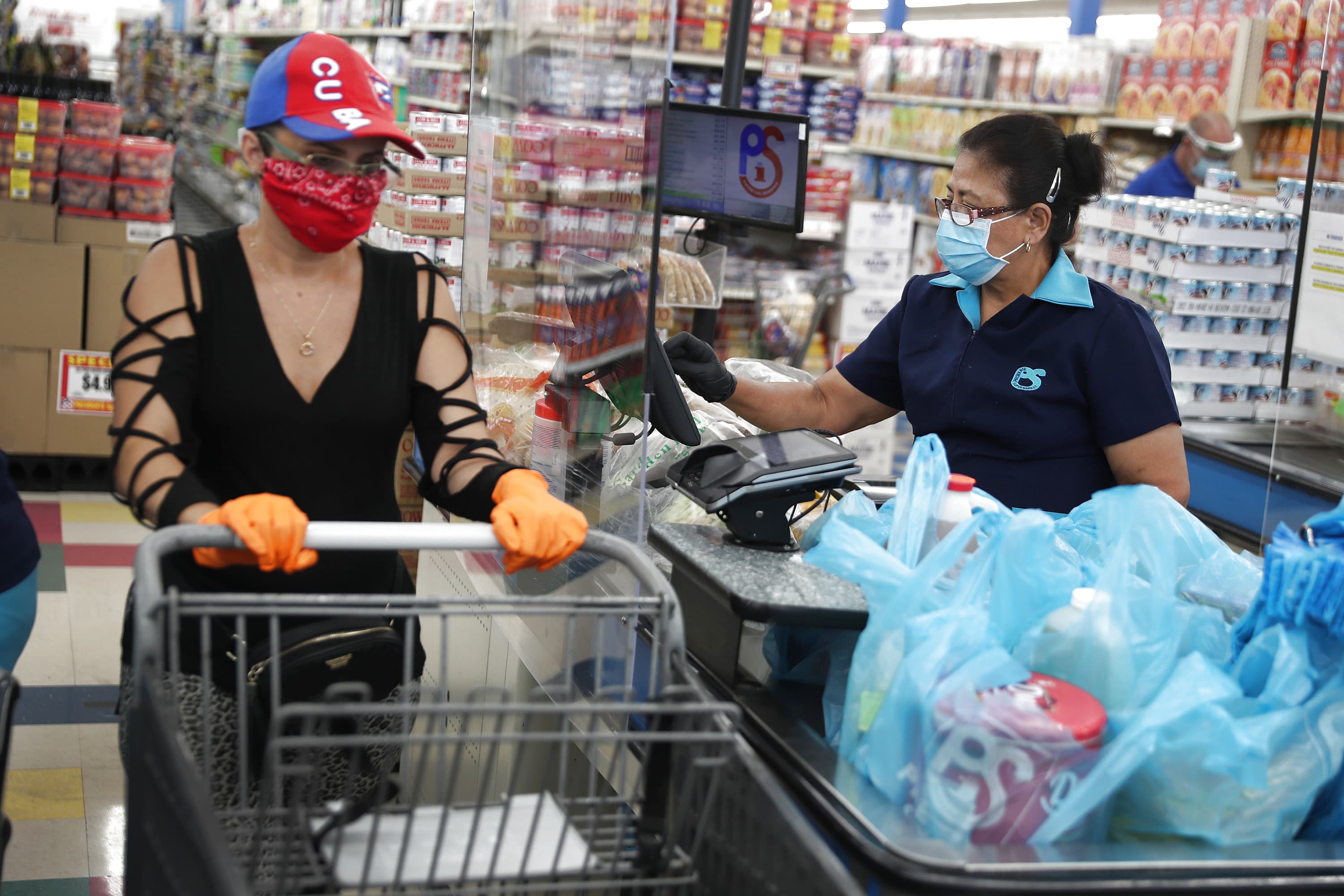
The Federal Reserve may not be sweating the possibility of higher inflation, but it may have another problem to contend with.
Broader expectations of higher prices could snowball and create a problem in and of itself, says BMO Capital chief investment strategist Yung-Yu Ma.
“There is some concern out there certainly that consumers are seeing now. They’re seeing the price of oil rise, the cost of goods is going up faster than the cost of services, and there’s a lot of inflation in the system,” Ma told CNBC’s “Trading Nation” on Thursday. “The question is whether or not it becomes a self-fulfilling prophecy.”
Higher expectations of persistent inflation could push businesses to pass costs onto the consumer and unions and employees to push for higher wages, a cycle that would then boost prices, says Ma. Americans are already growing more concerned about the risk of higher prices – Axios reported Thursday a CivicScience survey that found 77% of Americans were at least somewhat worried about higher inflation.
“That’s really why the Fed is trying to get in front of it and coming out consistently, saying a lot of this inflation that we’ll be seeing is temporary. It’s something that after a few quarters should dissipate. But the concern is that investors and consumers start to price this in. They start to think that inflation expectations are going to be ongoing,” he said.
Ma, like the Fed, does not see actual runaway inflation as a likelihood even if the anticipation of higher prices presents an issue.
“We actually think that concern is a little bit overblown. We think there are a lot of structural forces that after a few quarters, maybe three or four quarters will start to push back on inflation, but right now that’s something that markets have to contend with,” he said.
The Fed said at its recent meeting that it expects 2.2% growth in core inflation this year, easing back to 2% in 2022. Chair Jay Powell has repeatedly called it a “transitory” spike that will be tolerated by the central bank as the economy recovers from the pandemic shock.




